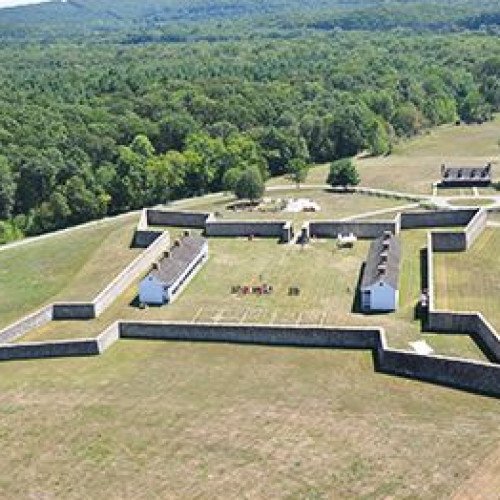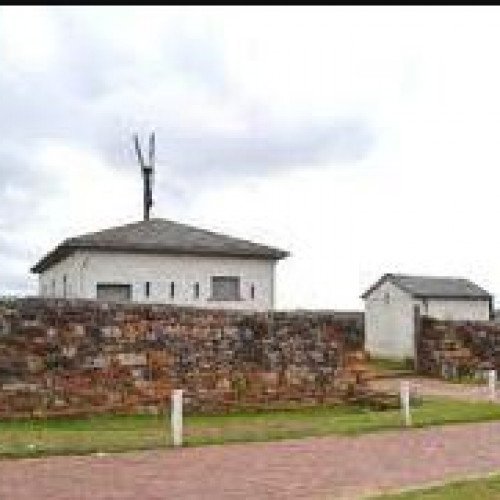Castles of "South Africa" FORT FREDERICK vs FORT SELWYN

FORT FREDERICK
Fort Frederick in Port Elizabeth, South Africa, was built in 1799 in order to stop the French from conquering the Cape Colony during the Napoleonic wars and played a vital role in establishing British rule in South Africa in combination with the Battle of Blaauwberg. Overlooking the strategic Algoa bay Fort Frederick was built in 1799 on a natural vantage point. Named after Frederick, Duke of York and Albany, commander-in-chief of the British Army, it was built by troops sent to Algoa Bay to prevent a possible landing of French troops, under Napoleon to assist the Graaff-Reinet rebels during the Napoleonic wars, this event is often regarded to be the beginning of the British rule in the Cape Colony. The "landing with fresh water", as Algoa Bay was referred to, sits at the mouth of the Baakens River, the bay stretches from the Baaken river to the outskirts of modern-day Port Elizabeth. When the 1820 Settlers arrived in Port Elizabeth, the fort was already ancient and had never fired a shot from its guns and still has not. The fort contains several key design features namely: the powder magazine, the blockhouse (which has lost its timber upper storey) and its original armaments consisted of two 8-pounder guns and one 5.5 inch Howitzer and the museum collection now also contains a varied selection of muzzle-loaders dating from the later part of the eighteenth century.
Statistics for this Xoptio

FORT SELWYN
Fort Selwyn is part of the Albany Museum (the second-oldest museum in the country) and situated behind the scenic Rhodes University Campus. Sir Benjamin D’Urban (then Governor of the Cape Colony) had the original site of the drostdy converted to fortified barracks in 1835, during the height of the colonisation of the Cape of South Africa. In order to protect these barracks and the local supply of water, he erected a number of forts, which needed to be elevated on hills to allow the guards to see as much of the surrounding countryside as possible. Fort Selwyn was one of these. It was completed in June 1836 and occupied by the Royal Artillery until 1862. Then, during the Anglo-Boer War (1899 to 1902), Fort Selwyn was again occupied by soldiers fighting for the land. Once this war was over, the fort was neglected, becoming subject to the elements and falling into a sad state of disrepair. In 1925, the fort was revamped and made into a residential home with a tea garden attached to it. It would take another 11 years before it was declared a National Monument. In the 1970’s, it was restored as part of the 1820 Settler Monument initiative and has been part of the Albany Museum since 1977. At present, it is under the management of Grahamstown’s City Council. Today, Fort Selwyn is a lovely addition to any historical tour of Grahamstown. It is clean and well maintained, and promises stunning views of the university town with its broad tree-lined roads and its classic architecture. A trip to Albany Museum goes well with a visit to the fort, as visitors get to learn about the history of Grahamstown and the Cape Colony in a more holistic sense, really adding to the experience of both of these attractions in their own rights. The town is charming and full of character too. Visitors from all over the country are regularly found meandering the streets, exploring the quirky coffee shops and craft stalls that are snugly tucked away down alleys or on market squares. There are also restaurants and pubs with live entertainment every so often, which make for lovely spots to sit quietly and enjoy the place and its people. Port Elizabeth (the largest metropolis making up the Nelson Mandela Bay Metro) is an hour’s drive away, with a number of popular game reserves (including Shamwari and Kwandwe) along the way. The seaside village of Port Alfred is 60 kilometres from Grahamstown and East London is a drive of around two hours away.